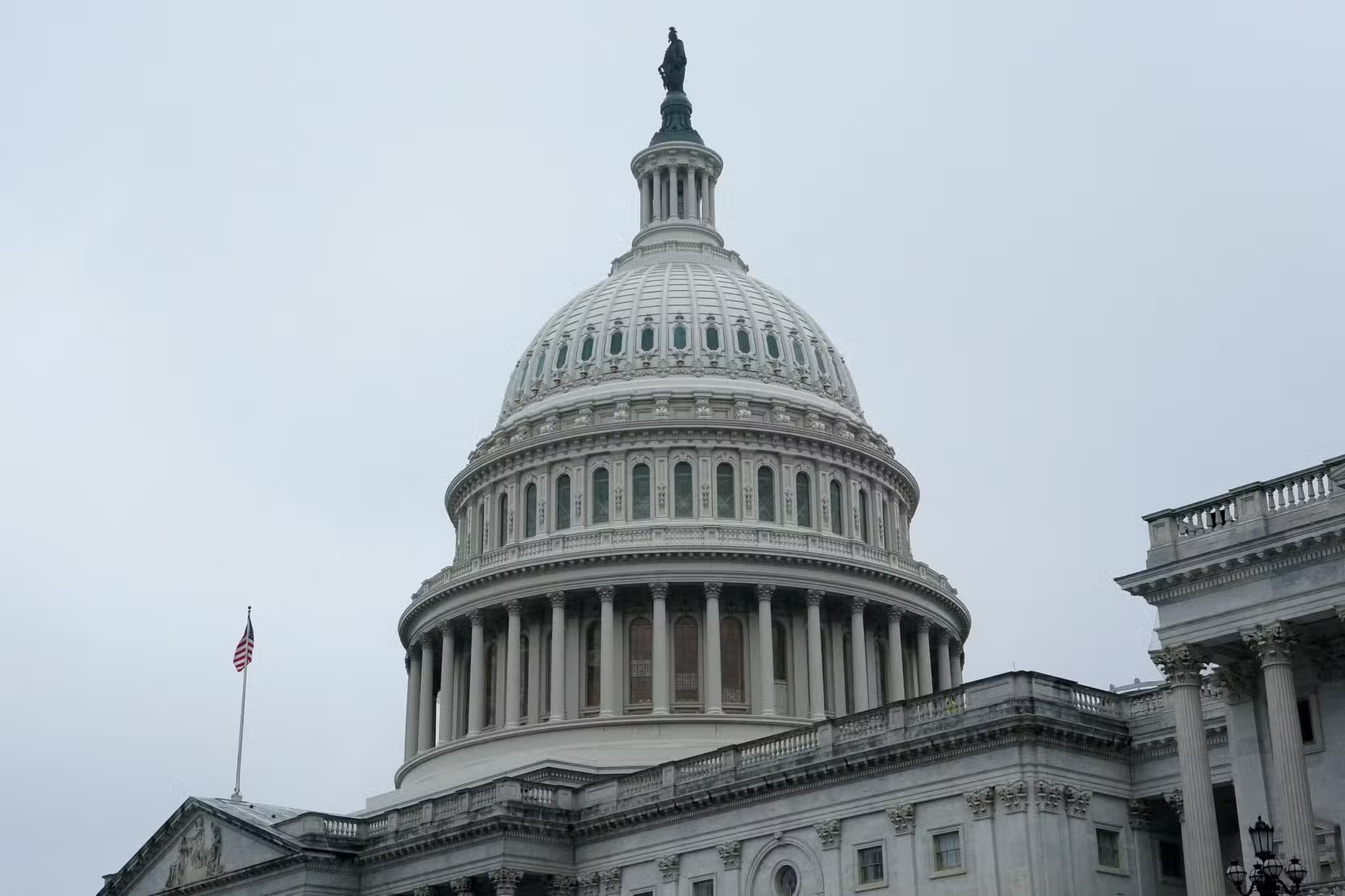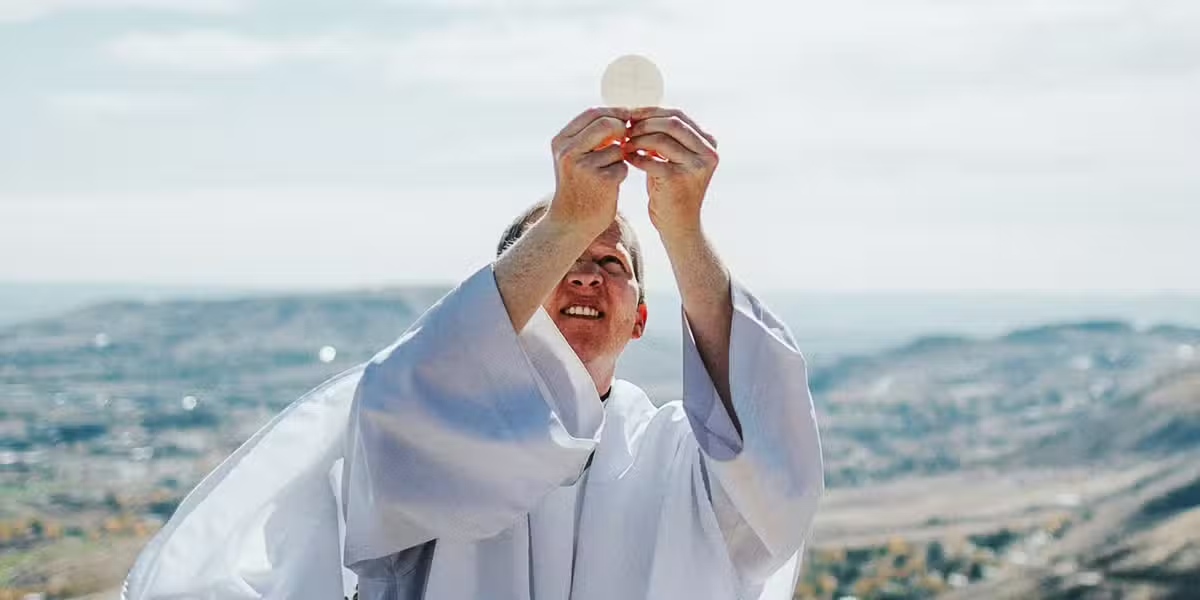There’s a quip that says that London and the Vatican are the two places left in the world that know how to put on good pageantry. Both can pull out all the stops and create ceremonies full of pomp and ritual. With music and banners, with colorful clothing and ornate rituals full of rich symbols, both can entertain and inspire, reaching into the imaginations and hearts of thousands. And who doesn’t love a good experience that sweeps us into a different world of meaning? Just think of a royal wedding, funeral, or the election and installation of a new pope.
The Sacred Triduum
With the arrival of Thursday of Holy Week, the Church enters the high, holy days in which we dramatically celebrate, through ritual and sacrament, the mystery of our salvation. True, we celebrate that mystery every time we participate in Eucharist, but during Holy Week we do so in a more intentional way, highlighting each stage and giving it special time and emphasis. It’s as though time stops and we slowly and deliberately experience each aspect of Jesus’ death and resurrection, looking deeply into his saving action and plumbing its depths for meaning and grace.
Holy Thursday: A Celebration of the Lord’s Supper
The triduum begins as the faith community gathers in churches throughout the world to remember and sacramentally represent the Lord’s Last Supper. White vestments are worn in stark contrast to the purple used during Lent. The sanctuary is decorated with flowers; the Glory to God is sung as the church bells are rung in jubilation. Neither will be sung or rung again for two days as a more somber aspect to this celebration, the reality of the Lord’s passion, looms in the background. But before facing his suffering, Jesus, ever wanting to serve, took off his cloak and, taking the role of a servant, washed the feet of his disciples. So the celebrant removes his chasuble and washes the feet of representatives of the community.
It was after Jesus and the disciples ate that they went out to the garden to pray. And so, after we conclude our Eucharist, we gather in procession, taking the consecrated Body of the Lord to a side altar that has been festively decorated, to watch and pray there until midnight. Meanwhile, the main altar is stripped and the tabernacle is emptied—dramatic signs that something different is stirring.
Good Friday: The Celebration of the Lord’s Passion
As we enter church, we notice that the altar is completely bare, the tabernacle is empty and open, and the festively decorated side altar that we processed to last night is much more subdued. There is a starkness about the church; almost an eerie feeling of being somewhere we have never been before.
As the Liturgy begins, the bareness continues as the celebrant, vested in red, and the ministers, approach the altar in silence. No entrance hymn, no music, just a silent procession that ends with the celebrant prostrating himself on the floor before the altar. After a respectful pause, he arises, goes to the presidential chair and, without introduction or comment, simply reads or chants the opening prayer. And so begins the first part of the day’s liturgy, the Liturgy of the Word, which includes the proclamation of Saint John’s Passion. While the Liturgy of the Word is somewhat familiar, the rest of the day’s services is truly foreign.
The Prayer of the Faithful is formal and lists all religions and governments in prayerful remembrance. The celebrant or deacon then brings a large cross into the church for all to venerate, singing three times, “Behold, the wood of the cross on which hung the salvation of the world. Come, let us adore.” Everyone then comes forward to honor the cross as a symbol of the instrument of our salvation.
The Good Friday services end with a Communion Service. There is no Mass on this day; the consecrated bread reserved the night before is distributed in a very brief and simple ritual.
All then leave is silence. The altar is left bare and the tabernacle open and empty. The ritual dramatically states that the Lord has been taken from us—our church, our family gathering place, is stark and empty.
Holy Saturday/Easter
There is no Eucharistic Liturgy for Holy Saturday. It is as though the Church is in mourning. All is quiet. In the words of an ancient, anonymous homily: “Something strange is happening—there is a great silence on earth today, a great silence and stillness. The whole earth keeps silence because the King is asleep. The earth trembled and is still because God has fallen asleep in the flesh and he has raised up all who have slept ever since the world began. God has died in the flesh and hell trembles with fear.”
But like children excited about the arrival of some big event, the Church can’t wait for Sunday to celebrate her Lord’s resurrection. Just after sundown, in darkness and silence, the faithful gather to bless the new fire and to light the new paschal candle, the symbol of the risen Lord. Following the lighted candle into the dark church, the light of Christ fills the space as each person’s hand-held candle adds to the light and then the great Easter hymn, the Exultet, is intoned.
There follows a series of Scripture readings as the story of our salvation, beginning with creation, is retold. The excitement increases as the Glory to God is sung, the bells are rung, and the Alleluia is intoned. But before we join in Eucharist for the first time in two days, we pause to welcome new members into the Church through Baptism, or, if they are already baptized, through a Profession of Faith. These are folks who have been preparing for this night for many months and how appropriate it is that they be baptized and enter the Church on the feast of our redemption as we celebrate Jesus’ rising to new life. It is in this mystery that we all have life and profess our faith in Jesus and in his Church as we once again renounce Satan, and all his works, and all his empty promises. Finally, we celebrate the Eucharist in which we re-present the very mystery we celebrate—the death and resurrection of Jesus.
It’s hard to overdo these festivities and so we use lights and music and brass. We intone joyful songs. We fill the space with the smoke of incense as a sign of our prayers filling the world with thanksgiving. And we fill the darkness of the night with the light of Christ who dispels the darkness of our sins and fills us with his light.
We just couldn’t wait until Sunday to do all this. We had to let our joy burst forth in celebration so rich is this feast of our redemption.
Easter
Of course, we aren’t done yet. The festival will continue at sunrise with Easter Masses and then continue for a full week as we observe the only feast of the Church year that actually is an eight-day solemnity and a 50-day feast. Death and sin have been conquered; life and grace reign supreme. We just have to have a major gala of happiness and rejoicing.
He is risen! Alleluia!








1 thought on “An Easter Pageant in Three Liturgical Acts”
Pingback: Holy Week 2023 is coming! – St. Mark parish